Home | Carbon offsets | Wind Power in Karnataka, India
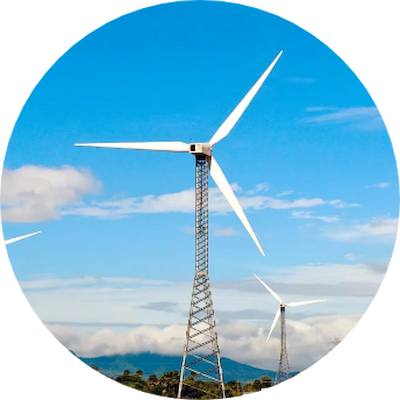
Wind Power in Karnataka, India
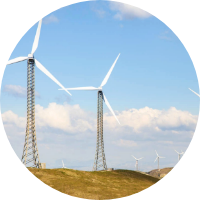
Displaces fossil fuel-based electricity
By supplying clean wind energy to India’s Southern Regional Electricity Grid, the project reduces greenhouse gas emissions and dependence on non-renewable sources.
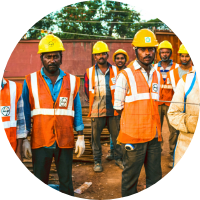
2,000 local jobs created
The project has generated around 2,000 skilled and unskilled jobs, boosting the local economy through construction, maintenance, and infrastructure development.
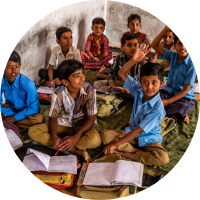
Protects local water resources
Replacing fossil fuel generation significantly reduces pressure on freshwater supplies previously used for cooling in thermal power plants.
Wind Power in Karnataka - is one of the leading wind generation projects in the region, generating and supplying electricity to the Southern Regional Electricity Grid of India. The Project displaces non-renewable fossil fuel based electricity generation that would have otherwise been utilised within the region. The Project thereby leads to a reduction in the emission of GHGs associated with fossil fuel based electricity generation and enables sustainable economic and environmental development.
In addition to providing clean energy, the significant secondary benefits of the project are to provide Social, Environmental, Economic, and Technical benefits within the region.
At the local level, the project activity has led to the creation of an estimated 2000 skilled and unskilled jobs throughout the construction and ongoing operation and maintenance of the project, along with secondary contracts and job opportunities in the development of the local road network and facilities. The technical benefits, with an increased interest in wind energy projects will further push R&D efforts by technology providers to develop more efficient and better machinery, encouraging further investment in the sector.
Environmentally, as an area previously dominated by fossil fuel energy generation, the Environmental Impact Assessment concluded that a significant drop in the strain on local freshwater resources (required for generator cooling) will occur as a result of the project outcomes.
UN Sustainable Development Goals met by this project:
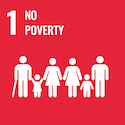
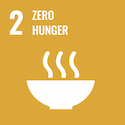
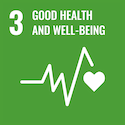
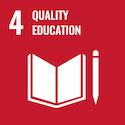
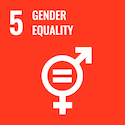
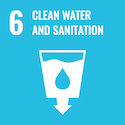
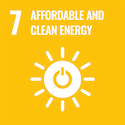
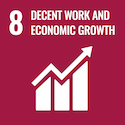
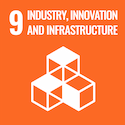
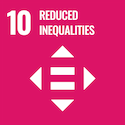
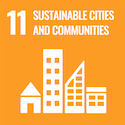
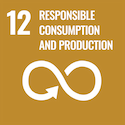
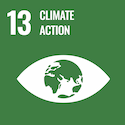
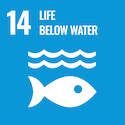
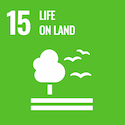
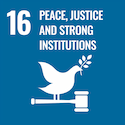
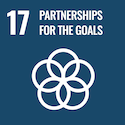
Explore our projects
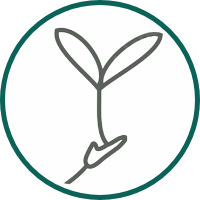
Blue Carbon Mangrove Restoration, Pakistan
Blue Carbon Mangrove Restoration in Pakistan’s Indus Delta spans 350,000 ha, removing 142 million tonnes of CO2e for global climate mitigation.
Project status: Active
Learn more about the Blue Carbon Mangrove Restoration project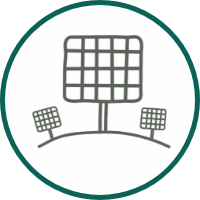
Elazig Solar Farm,
Turkey
Elazig Solar Farm pioneers high-efficiency solar power in Turkey, reducing reliance on fossil fuels and stabilising energy costs.
Project status: Active
Learn more about the Elazig Solar Farm project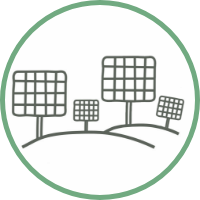
Household Solar Lighting, Zambia
This project provides solar lighting to Zambian families, reducing carbon emissions and enabling safer study, cooking, and socialising at home.
Project status: Active
Learn more about the Household Solar Lighting project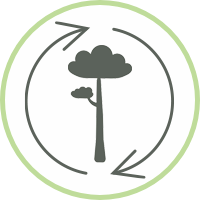
Improved Biodiversity & Mixed Reforestation
This reforestation project restores 2,115 ha of former pastureland, planting over one million trees to boost biodiversity and carbon capture.
Project status: Active
Learn more about the Improved Biodiversity & Mixed Reforestation project
Reforestation on Degraded Land, Uruguay
This project restores 21,298 hectares of degraded grazing land in Uruguay, creating sustainable forests to boost biodiversity and carbon capture.
Project status: Active
Learn more about the Reforestation on Degraded Land project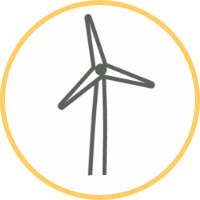
Salkhit Wind Farm, Mongolia
Salkhit Wind Farm is Mongolia’s first grid-connected wind project, supplying renewable energy and advancing expertise for future developments.
Project status: Active
Learn more about the Salkhit Wind Farm project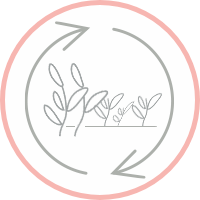
Peatland protection - Rimba Raya
The Rimba Raya Biodiversity Reserve protects carbon-rich peatland from palm oil deforestation, preventing 100 million tonnes of emissions.
Project status: Inactive
Learn more about the Peatland protection in Rimba Raya project
Peatland protection, Keo Seima, Cambodia
The Keo Seima Wildlife Sanctuary in Cambodia protects endangered wildlife and supports local Bunong communities through conservation and sustainable development.
Project status: Inactive
Learn more about the Peatland protection in Keo Seima project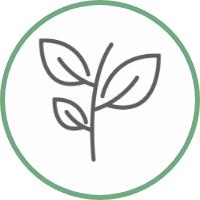
Tropical Forest Protection, Mai Ndombe
The Mai Ndombe project in the DRC reduces forest and biodiversity loss whilst providing community prosperity through vital investments into the local area.
Project status: Inactive
Learn more about the Tropical Forest Protection project